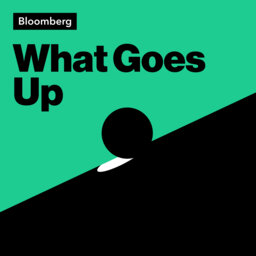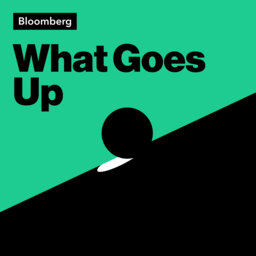Vanguard's Hard Pass on a `Soft Landing'
A rallying stock market and better-than-expected second-quarter economic growth are just the latest developments pointing Wall Street skeptics to the possibility of a US “soft landing.” That’s where the Federal Reserve gets inflation back down to around 2% without triggering a downturn.
For more than a year, Fed Chair Jerome Powell has waged war on inflation while a chorus of adamant recession predictions has fallen flat. But even now, with inflation cooling and the economy looking to be on the glidepath, some big names remain uncertain that he can pull it off. Vanguard Group is one of them.
Joseph Davis, the firm’s global chief economist and head of its Investment Strategy Group, joined the What Goes Up podcast to explain why that is, as well as offer his reaction to the latest interest-rate increase and give his outlook for the bond market.
“To get inflation down that last yard to 2%, you have to see a modest weakening in the labor market, which means the unemployment rate’s going to rise—although hopefully not drastically, let’s say four-and-a-half percent over the next year,” he says. “Well, that’s a hundred basis-point rise. So by definition, that is a recession. Now, anyone who thinks that that’s a soft landing is spitting in the face of 150 years of history.”
 What Goes Up
What Goes Up


